These Gorgeous Photographs Show Indigenous Americans Without the Stereotypes
Three years ago, Matika Wilbur set out on an ambitious undertaking: a vast road trip across America to photograph members of all 562 of America’s federally-recognized tribes.
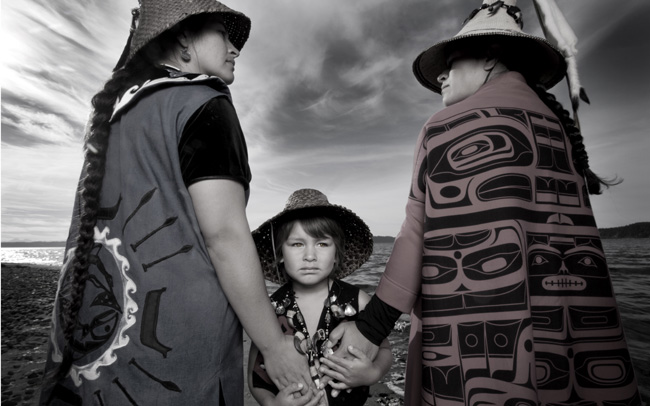
Matika Wilbur, Darkfeather, Bibiana and Eckos Ancheta (Tulalip), 2014. Inkjet print 16 x 20 inches. Courtesy of the artist.
Images of Native Americans made by non-Natives have a problematic history. During the 19th and early 20th centuries, ethnographers often used photos to document and romanticize the last traces of the New World’s “dying cultures.” Native Americans survived, but the tradition lives on: Posed images and media stereotypes continue to reduce indigenous peoples to vessels for the American imagination.
Photographer Matika Wilbur, a member of the Tulalip and Swinomish tribes, aims to change this. Three years ago, she set out on an ambitious undertaking, a vast road trip across America to photograph members of all 562 of America’s federally-recognized tribes. (That number is now 566.) The first part of this ongoing project was recently displayed in Wilbur’s first solo museum show, Photographic Presence and Contemporary Indians: Matika Wilbur’s Project 562 at the Tacoma Art Museum in Tacoma, Wash. The show featured 40 portraits chosen from Wilbur’s collection, which so far includes images from the more than 200 tribes she visited in the course of traveling 80,000 miles around the western United States. A fine art book series is also forthcoming from the University of Washington Press.
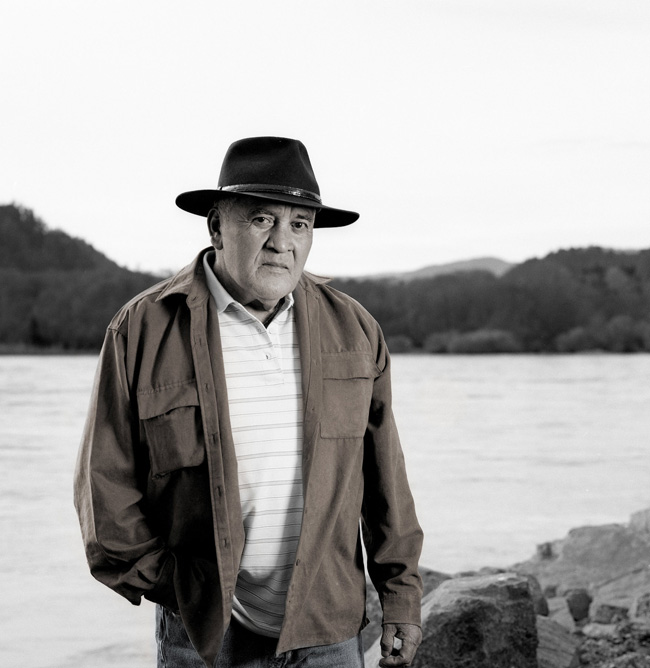
Matika Wilbur, Raymond Mattz (Yurok), 2014. Sepia-toned gelatin silver print with hand coloring, 16 x 20 inches. Courtesy of the artist.
While Wilbur’s photos may initially bring to mind the work of Edward S. Curtis, the ethnologist famous for his photographs of North American Natives, she departs from that tradition, actively working to contemporize the image of the Native American. She asks, “How can we be seen as modern, successful people if we are continually represented as the leathered and feathered vanishing race?” Wilbur encourages her subjects to choose their own meaningful locations and to wear clothing that represents their identities.
Wilbur encourages her subjects to choose their own meaningful locations and to wear clothing that represents their identities.
As Wilbur travels and develops the project, she uses questions like “How do we lift our people up?” to guide her exploration. The result is revealing and celebratory: sepia-toned, lightly hand-colored prints that focus on individuality, personality, and identity. Walking through the exhibition, one comes face to face with the vast diversity of contemporary Native America—an exultant retired professor stands with outstretched arms, a young, tattooed nonprofit founder grins widely at the camera, an elderly woman sits in a church pew and gazes directly at the viewer. There is no room for stereotype here. Wilbur also records extensive interviews with her subjects, and the exhibition’s audio clips from these interviews enforce the understanding that these are images of real people.
While Native Americans have survived attempted genocide, Wilbur believes her people still have to heal from the resulting intergenerational trauma. Changing the way indigenous peoples are represented may help in this effort. It may also help in more concrete ways—historically, non-Natives have devised public policy based on their own assumptions about Native Americans. Perhaps a new perspective will provide non-Natives with a new way of understanding and mending relationships with America’s first peoples.
“For hundreds of years,” says Wilbur, “our Native ancestors have been calling for the authentic story of our people to be told.” Finally, this call is being answered.
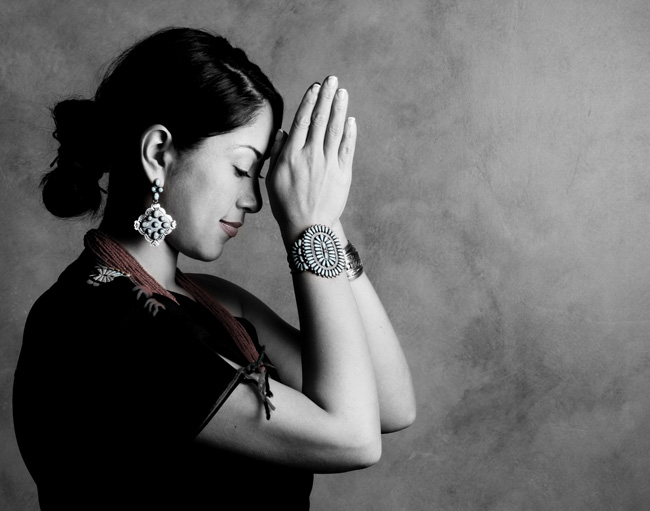
Matika Wilbur, Star Flower Montoya (Pueblo of Taos and Barona Band of Mission Indians), 2014. Sepia-toned gelatin silver print with hand coloring, 16 x 20 inches. Courtesy of the artist.
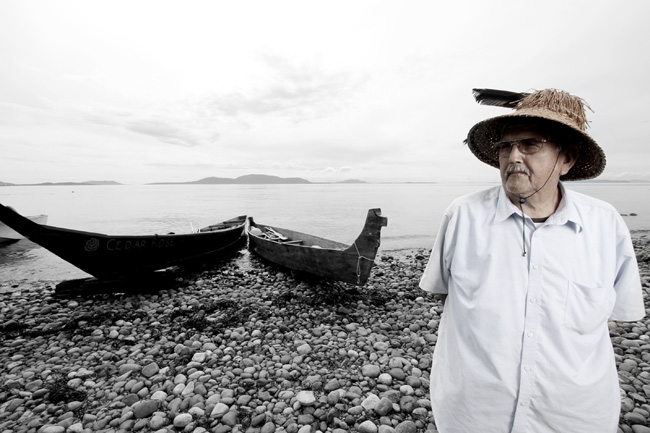
Matika Wilbur, Chief Bill James (Lummi Nation) 2014. Inkjet print, 16 x 20 inches. Courtesy of the artist.
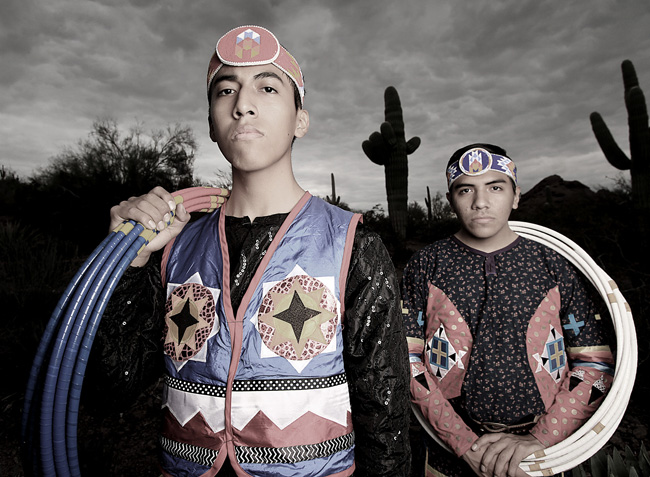
Matika Wilbur, Sky and Talon Duncan (Three Affiliated Tribes of Mandan, Hidatsa, and Arikara Nation; and San Carlos Tribe), 2014. Inkjet print, 16 x 20 inches. Courtesy of the artist.
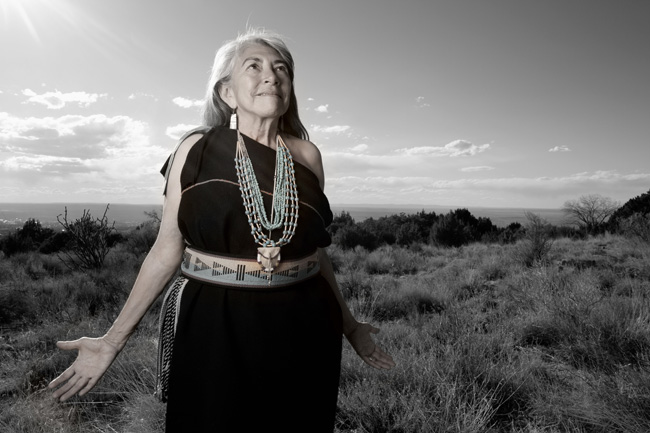
Matika Wilbur, Dr.Mary Evelyn Belgarde (Pueblo of Isleta and Ohkay Owingeh), 2014. Inkjet print, 16 x 20 inches. Courtesy of the artist.
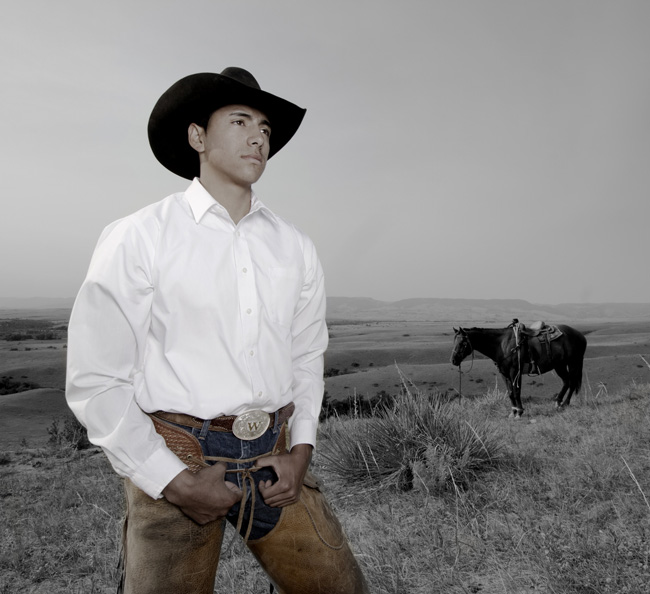
Matika Wilbur, Stephen Yellowtail (Crow Nation), 2014. Sepia-toned gelatin silver print with hand coloring, 16 x 20 inches. Courtesy of the artist.
More of Wilbur's work, the Project 562 travel log, and updates on future exhibits can be found at matikawilbur.com.
This article originally appeared on http://www.yesmagazine.org/ and is republished here with permission.
Natasha Donovan wrote this article for Cities Are Now, the Winter 2015 issue of YES! Magazine. Natasha is an editorial intern at YES!


On Sep 11, 2015 Kristin Pedemonti wrote:
Thank you for sharing this important piece about breaking stereotypes of Native Americans. We have a very loooooong way to go to change perceptions and heal.
1 reply: Stan | Post Your Reply